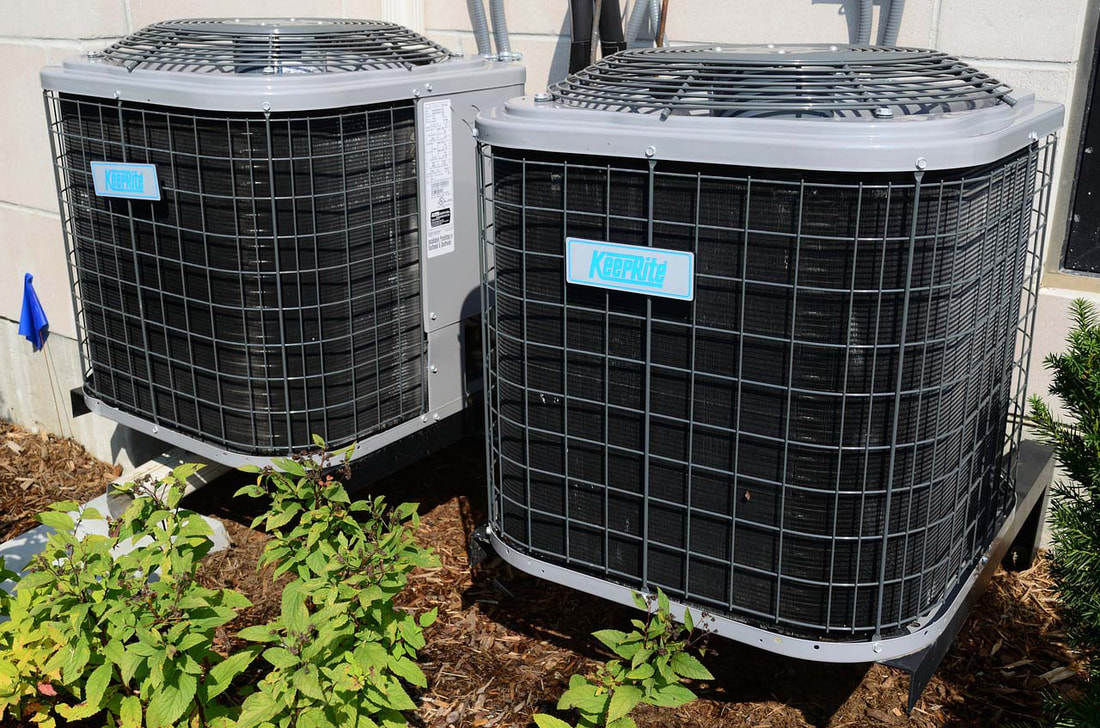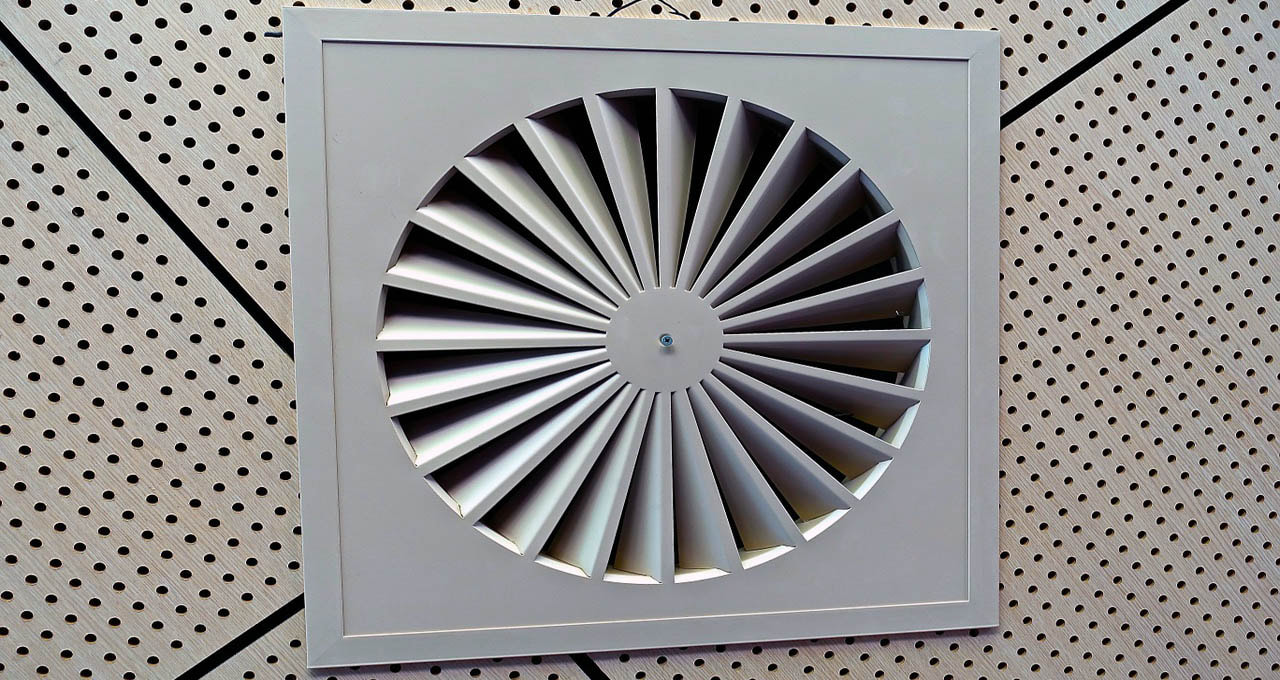|
By Anna Hazard
Introduction
Besides flooring, doorways, and other more room specific details, there are a variety of household wide systems that should also be upgraded or otherwise tweaked so that the home is properly prepared for aging-in-place. This would include the heating, ventilation, and air conditioning systems commonly known as HVAC. In general these are systems that should be modified earlier on before the necessity of oncoming ill-health or fragility forces an emergency retrofitting (or worse yet forces a senior to leave a residence that can no longer adapt to their requirements in a timely enough manner).
While home performance upgrades will require an initial (sometimes hefty) price to install, they will generally offset this with decreased maintenance & utility costs throughout the following years. In addition, there are a variety of incentive programs in many states that offer rebates and subsidies for residential energy efficiency installations & conversions as well as the availability of the federal Rural Repair and Rehabilitation Grant through the U.S. Department of Agriculture. Otherwise, one of the most important points to keep in mind during aging-in-place retrofitting, is that all potential housewide system should be low maintenance with easy to use interfaces. Heating, Ventilation, & Air Conditioning (HVAC)
In general, seniors are more likely be sensitive to both heat & cold as they age due to the natural deterioration of the body's temperature regulation. In addition, they are more likely to have respiratory, circulatory, and mobility ailments that will make physically dealing with temperature or ventilation problems more difficult (such as struggling with reaching an out-of-place thermostat or with opening a window).
Due to this, seniors are more likely to suffer from indoor air pollution (also known as "sick house syndrome") where pollutants in the air such as natural dust mites & dander, mold spores, bacteria, viruses, and gasses from paints, cleaning products, and other household items (including cigarettes) become concentrated indoors due to lack of proper ventilation. The previous presence of asthma, other lung diseases, compromised immune systems, and other common health issues within the elderly will further complicate matters. Thus one of the major benefits to a home that has been modified to be more energy efficient and "green" is better indoor air quality. To help combat ventilation problems, high-efficiency filters should be used on all heating and cooling systems along with having a HVAC (Heating, Ventilation, and Air Conditioning) system designed so that filters are easily accessible for their regular changing & maintenance. An optimal set-up would include a dedicated outdoor air system with high performance filtration on the air intake for higher indoor air quality and efficiency. In addition, thermostats, light switches, temperature gauges & other environmental controls should always be installed no higher than 48" from the floor in order that they remain within reach of someone sitting in a wheelchair or scooter. Thermostats and other controls can be pre-programmed or controlled through smart technology for further convenience. If the budget will allow, radiant heating & cooling should also be considered. This is a set-up where heating & cooling is done through temperature-controlled surfaces (most often the floor in private residences) through thermal radiation. This type of heating & cooling is up to 15% more energy efficient than normal radiators, low maintenance, and tends to be far more comfortable for seniors with circulation problems to their extremities Dedicated dehumidification and steam humidification systems should also be available to help improve air quality and comfort, particularly in locales that can become overly moist or dry, and thus pose the potential of further irritating respiratory problems without timely intervention. Humidifiers and dehumidifiers should remain within easy reach without requiring stretching or bending over to reach them. If installed in more tight quarters, then remote controls or integrated smart technology may be required for their efficient use. New carbon monoxide and smoke detectors should also be installed throughout the household for safety, prevention, and to help monitor air quality. Kitchen and bathroom exhaust fans & dryer vents should be installed and tested as their working properly is essential in regulating air quality and helping to prevent the growth of mold in those close quarters. Energy Efficiency
Energy efficiency is another concern when it comes to aging-in-place as many retirees will be on a fixed budget lower income compared to their younger working years. Installing energy efficient options ahead of time can lower the cost of upkeep and usage for many years afterwards by decreasing utility bills while requiring less overall maintenance, cleaning, and repair.
In addition, energy efficient buildings tend to be more generally pleasant to remain in with fewer drafts, air pressure imbalances, or variances in temperature. This means the household would be able to remain within a comfortable temperature range through both summer heat and winter chills while still remaining economical. Some modifications to keep in mind when it comes to residential energy efficiency include installing efficient air-conditioning, heater, and other system-wide units along with Low-E (low-emissivity) glass windows which minimize the amount of infrared and ultraviolet light that passes through its structure thus helping to reflect heat (and helping maintain the ambient temperature inside the house). Similar in style to the energy efficient Low-E windows would be the possible installation of skylights within the roofing which would provide more economical natural lighting during the day. Otherwise, the new energy efficient LED lightbulbs should be used, which while having a greater upfront cost, will last far longer (up to 15 years), require less replacements, and use a smaller percentage of power compared to other light bulb choices such as incandescent. Other methods for maximizing energy efficiency in household systems include using reduced size air conditioning units with gas furnaces that have mechanical fresh air ventilation as well as installing air returns in all bedrooms for better overall ventilation, sealing exposed duct work with mastic (to help prevent leaks that lead to room-to-room pressure imbalances) and creating air-barriers, as well as using in-line framing in walls with spaced 2 x 6 studs at 24" center (thus reducing thermal bridging and allowing more space for insulation). In general the insulation within buildings that are at least 10+ years old tend to become naturally more compressed and thus less effective over the years. This can be compensated by adding more blown-in insulation to the interior of the walls ( a simple enough procedure that can be done by hired professionals or by a healthy & handy occupant using rented equipment in DIY style). View the Rest of the Series
Part 1 - Introduction
Part 2 - Exterior Part 3 - Landscaping & Gardens Part 4 - Patio, Porch, & Deck Part 5 - Garage & Carports Part 6 - Entrances, Exits, & Thresholds Part 7 - Exterior Steps & Ramps Part 8 - Threshold Lighting & Windows Part 9 - Interior Doors & Halls Part 10 - Interior Steps & Staircases Part 11 - Interior Stairlifts Part 12 - Interior Elevators Part 13 - Interior Lighting Part 14 - General Interior Flooring Part 15 - Interior Flooring Comparisons Part 16 - HVAC & Energy Efficiency Part 17 - Power, Communications, & Other Interior Systems Part 18 - Living Room Part 19 - Kitchen Layout, HVAC, & Electrical Systems Part 20 - Kitchen Lighting, Flooring, and Sink Faucets Part 21 - Kitchen Countertops & Cabinets Part 22 - Kitchen Refrigerators, Freezers, and Dishwashers Part 23 - Kitchen Ovens, Ranges, Stovetops, and Cooktops Part 24 - Kitchen Microwaves, Blenders, & Food Processors Part 25 - Miscellaneous Kitchen Items Part 26 - Dining Room Layout, Tables, & Other Furniture Part 27 - Dining Room Flooring, Lighting, & Meal Serving Equipment Part 28 - Bedroom Layout & Closets Part 29 - Accessible Beds Part 30 - Bedroom Furniture, Electronics, & Other Accessories Part 31 - Bedroom Flooring Part 32 - Bedroom Lighting Part 33 - Bathroom General Layout Part 34 - Bathroom General Tips for Showers & Tubs Part 35 - Bathroom Accessible Tubs Part 36 - Bathroom Accessible Showers Part 37 - Bathroom Accessible Toilets Part 38 - Bathroom Sinks & Vanities Part 39 - Bathroom Cabinets & Shelving Part 40 - Bathroom Grab Bars Part 41 - Bathroom Flooring Part 42 - Bathroom Lighting Part 43 - Bathroom Ableware - Toilet Aids & General Accessibility Part 44 - Bathroom Ableware - Shower, Bathing, & Grooming Aids Part 45 - Laundry Room Location, Layout, & Spacing Part 46 - Laundry Room Carts, Rolling Hampers, & Chutes Part 47 - Laundry Room Dumbwaiters Part 48 - Laundry Appliances (Washers & Dryers) Part 49 - Laundry Room Cabinets, Shelving, & Countertops Part 50 - Laundry Room Storage & Organization Part 51 - Laundry Sinks, Lighting, & Flooring
4 Comments
9/3/2020 01:46:54 am
HVAC-Southfield is the 24/7 provider for all your heating and cooling services – both for residential and commercial. Providing best in class service to several locations across the United States.
Reply
9/3/2020 01:47:27 am
Choosing the best HVAC in Detroit is a tricky thing. You need to be very careful and choose the right one for you based on your requirements. You need to keep a watch on the vital factors such as the size of your home, heating cost, device placement, and energy efficiency. We at Detroit-heating-cooling.com are experts in providing HVAC solutions and thus we have come up with the 5 vital tips to choose the best heating furnace for your home.
Reply
10/25/2022 11:54:08 am
Nice Blog!! The content you have shared is very elaborative and informative. Thanks a lot for sharing such a great piece of knowledge with us.
Reply
12/3/2022 10:49:40 pm
Nice blog! Always choose local and trusted HVAC experts because they have the experience to deal with any type of HVAC problem at a reasonable cost. Thanks for sharing
Reply
Leave a Reply. |
AboutNews updates, tips, and guides on senior care, senior health, stress relief and a host of other caregiving related topics from the professionals at Ella Stewart Care. |





 RSS Feed
RSS Feed
